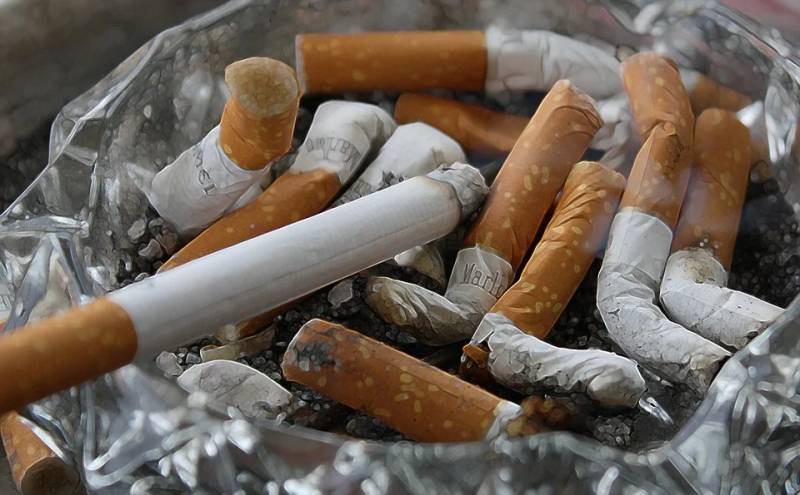People who smoke are more likely to develop up to 15 different types of cancer as a result of harm from tobacco use. With the aim of warning about diseases and deaths related to smoking, the World Health Organization established May 31 as the International Day of No Tobacco Smoking
According to data from the National Cancer Institute (INCA), smoking is a disease that contributes to the development of several types of cancers that go beyond lung cancer, and the ones most closely related to this habit. Among the types are acute myeloid leukemia, bladder, pancreatic, liver, cervix, esophagus, kidney and ureter, larynx (vocal cords), oral cavity (mouth), pharynx (neck), stomach, colon and rectum, trachea and bronchi.
“Studies show that about 90% of lung cancer cases, for example, contain cigarettes as a major factor in them and another 10% due to passive smoking. In addition, smokers are more susceptible to infection because tobacco causes different types of inflation in mechanisms. Defending the body and the lung itself, ”explains Carlos Furué, Oncologist at InORP Oncoclínicas.
Smoking is known to be a chronic disease caused by nicotine addiction and is the single largest preventable cause of illness and premature death worldwide. It is also associated with other diseases such as tuberculosis, respiratory infections, gastrointestinal ulcers, impotence, infertility in women and men, osteoporosis, cataracts, and others.
“Unfortunately, most lung cancer cases are diagnosed at an advanced stage, so the chance of a cure is very small. When it is detected in the early stages, surgery can lead to a cure, but when it is in an advanced stage of chemotherapy, immunotherapy or a molecular target. Medicines are often palliative, meaning they aim to increase the life span and control symptoms, ”says Dr. Carlos.
The oncologist also stresses the importance of not smoking and testing those patients who no longer have this habit. “After 15 years of not smoking, the risk of lung cancer is the same for people who have never smoked, that is, we must always encourage quitting regardless of how much and when the person smokes. I also remember that people who smoke or smoke the equivalent “One packet daily for 20 years, they must undergo an examination called a chest CT scan with a low dose of radiation, in order to investigate possible lung changes that could turn into cancer.”
Scenario
Based on the SIH / SUS Hospital Information System, in 2020 the Program for the Care of People with Chronic Non-Communicable Diseases of the Municipal Health Administration in Ribeirao Preto recorded 1696 hospital admissions for patients with some types of malignancy, which may be related to smoking. It resulted in a mortality rate of 10.67%.
The program does not contain data on the number of smokers in Ribeirao Preto, but based on the most recent National Health Survey, conducted in 2019, it reported that in the southeast region, it is estimated that 13.5% of the population smokes, with the proportion reaching 16.2% among Men it decreases to 9.8% among women.
Legend:
Photo 1 – illustrative. Credit Pixabay
Photo 2: Dr. Carlos Furué, Oncologist at InORP Oncoclínicas. disclosure

“Wannabe internet buff. Future teen idol. Hardcore zombie guru. Gamer. Avid creator. Entrepreneur. Bacon ninja.”

